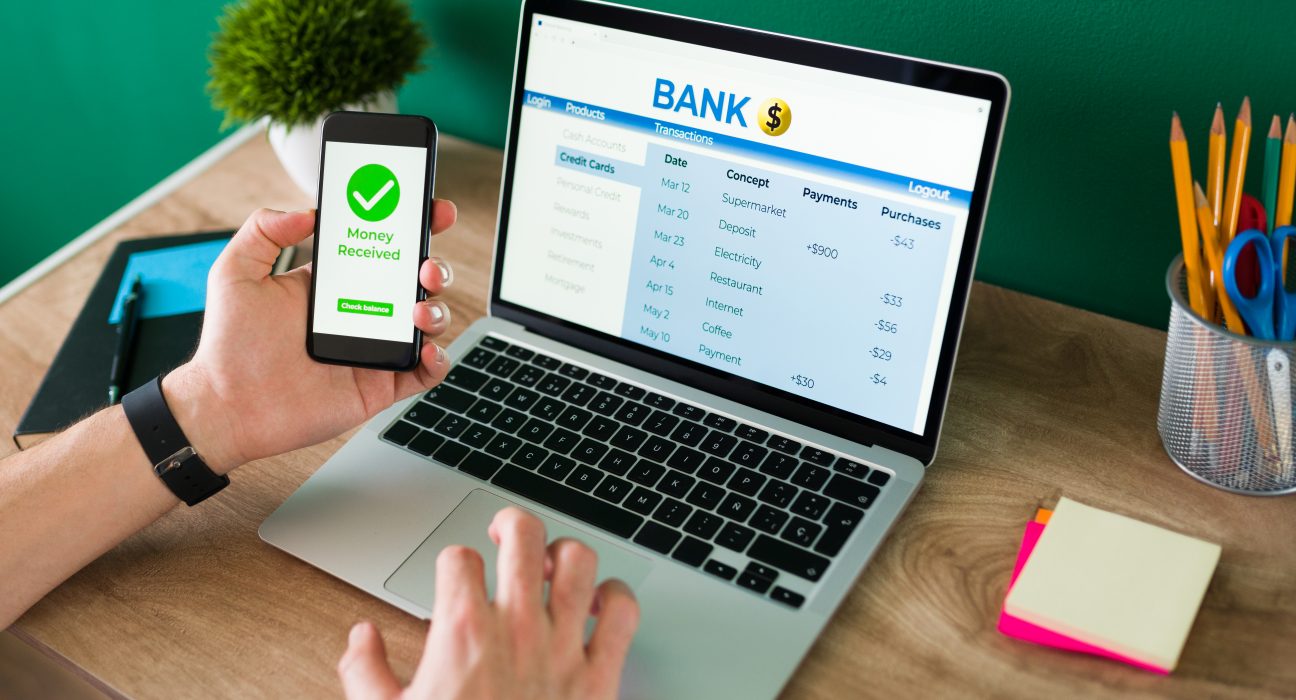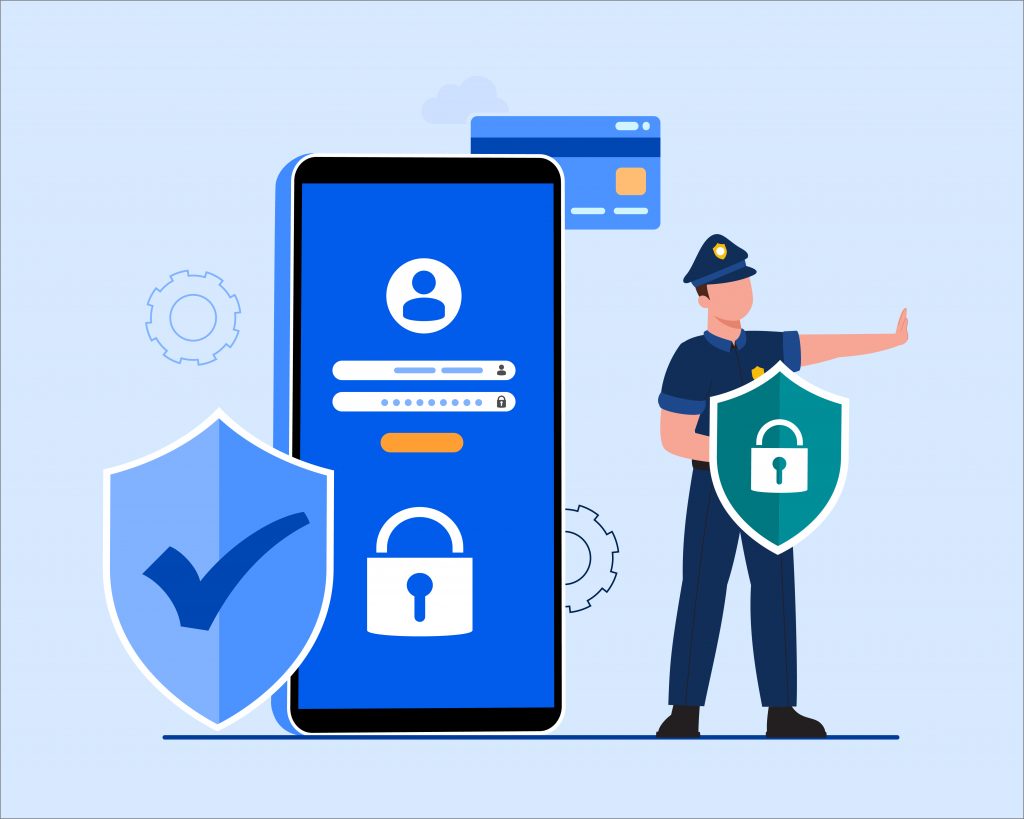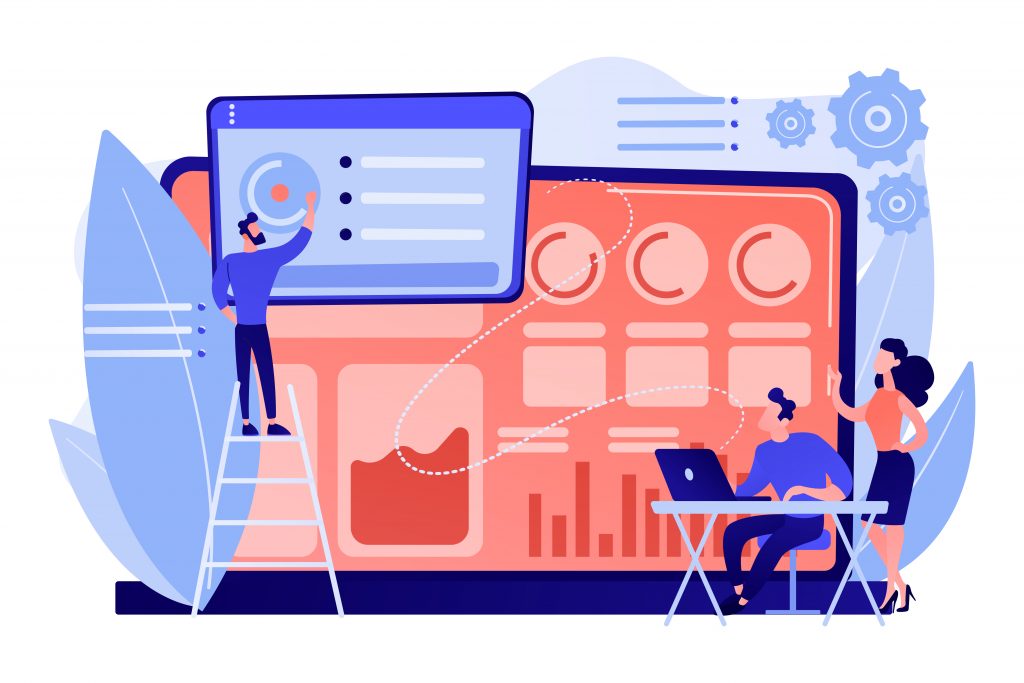Money Matters: Unlocking Personal Finance Software

Introduction
Managing one’s personal finances is a vital aspect of everyday life. With the advancement of technology, various personal finance software has been developed to assist individuals in keeping track of their finances and making informed financial decisions. These tools make it simple to monitor income and expenses and offer a range of features such as budgeting, investment tracking and future financial planning.
User satisfaction: A survey found that 81% of personal finance software users reported being satisfied with the software they were using, and 72% of users said that the software helped them improve their financial situation.
the American Institute of CPAs (AICPA)
This blog will discuss some of the challenges and solutions, the best personal finance software available in the market, their features and how they can help you manage your finances better.
Challenges and Solutions
Data accuracy and completeness
One of the main challenges with personal finance software is ensuring that the data entered into the system is accurate and complete. This can be difficult if the software relies on users to manually input information, as mistakes can be made or essential information can be omitted.

To address this issue, personal finance software can use automatic data import and categorization features and provide users with clear instructions on inputting data correctly. Additionally, the software can use data validation and error-checking mechanisms to ensure that the data entered is accurate.
Connectivity and compatibility
Personal finance software often needs to connect to bank accounts, investment accounts, and other financial institutions. This can be challenging if the software is incompatible with the systems used by these institutions or if there are connectivity issues.
To address the challenge above, personal finance software can provide detailed instructions on connecting to different financial institutions and offer support and troubleshooting resources to help users resolve connectivity issues. Additionally, the software can work with financial institutions to ensure compatibility and seamless integration.
Security and privacy
Ensuring user data, financial information security, and privacy is a significant challenge for personal finance software. Hackers and fraudsters may try to access sensitive information, and software must have robust security measures to protect against this.

To address the above, personal finance software can use advanced encryption and authentication methods to protect user data and regularly perform security audits and penetration testing to identify and address vulnerabilities. The software can also provide users detailed information on their data protection policies and best practices for keeping their information secure.
User adoption and engagement
Another challenge is getting users to adopt and engage with the software. For example, many people may need help inputting their financial data into the software consistently or find it challenging to use.
To address the user adoption and engagement challenge, personal finance software can offer a user-friendly interface that is easy to navigate and understand. They can also provide clear instructions on using the software and offer tutorials and training resources to help users get started. Additionally, the software can offer rewards and incentives to encourage users to use the software consistently.
Managing multiple accounts
Personal finance software that can connect to multiple accounts, such as bank accounts, credit cards, loans, and investments, can be challenging to manage in one place, especially if the software doesn’t have a good account aggregation feature.

To address the challenge of managing multiple accounts, personal finance software can have a good account aggregation feature that allows users to view and manage all their accounts in one place. This can be a dashboard that shows all the accounts and their balances in one place.
Limited features
Personal finance software may be limited in features, making tracking all aspects of your finances difficult. For example, some software may need help to track investments or real estate properties.
To address the challenge of limited features, personal finance software can offer a wide range of features to help users track all aspects of their finances, such as investment tracking, retirement planning, and real estate management. They can also offer additional features and functionalities through a paid upgrade or subscription.
Cost
Personal finance software can be expensive and a challenge for some users. Therefore, comparing features, pricing and costs are important when considering which software to use.

To address the cost challenge, personal finance software can offer a free or low-cost basic version of their software, with the option to upgrade to a paid version that includes additional features and functionalities. Additionally, they can offer a free trial period to allow users to test the software before committing to a purchase.
Top Five Softwares
Mint
Mint is one of the most popular personal finance software available. It is free to use and offers many features, such as budgeting, bill tracking, and investment tracking. The software connects to your bank account and automatically categorizes your transactions, making it easy to see where your money goes. It also provides personalized financial advice and alerts you when you are overspending.
Quicken
Quicken is another popular personal finance software available for both Windows and Mac. It offers various features like budgeting, investment tracking, and bill reminders. It also includes an “Investment X-Ray” feature that helps you analyze your portfolio and make better investment decisions. Quicken also offers a mobile app that allows you to access your financial information on the go.
Mobile usage: A report found that mobile usage of personal finance software is on the rise, with 63% of users accessing the software through their mobile devices, compared to 37% who accessed it through their computers.
FinancesOnline
Personal Capital
Personal Capital is a free financial management tool that provides a comprehensive view of your finances. It offers a variety of features, such as budgeting, investment tracking, and retirement planning. Personal Capital also provides a free financial advisor service to help you make better financial decisions. The software also offers a mobile app to access your financial information.
YNAB (You Need A Budget)
YNAB is a budgeting software that helps users to create and stick to a budget. It offers a free trial. After that, it’s a paid service. It’s based on the principle of “giving every dollar a job, ” meaning you assign every dollar you earn to a specific category or expense. This approach helps users be more intentional about spending and save more money.
PocketGuard
PocketGuard is a free personal finance app that helps users keep track of their spending and savings. It connects to your bank account and automatically categorizes your transactions, making it easy to see where your money goes. It also provides personalized financial advice and alerts you when you are overspending. The app also includes budgeting features that allow you to set spending limits for different categories of expenses. Additionally, it has a feature called “In My Pocket,” which shows you how much money you have left to spend after bills and savings have been accounted for.
Conclusion
Personal finance software can assist in managing one’s finances and making more informed decisions, but it also presents specific challenges. However, solutions to these challenges exist.
Popular platforms: A report found that the most popular personal finance software among users are Quicken, Mint and YNAB, these are the most popular among the users.
Software Advice
The software discussed above is some of the best personal finance software available in the market, each with its unique features and benefits. Mint, Quicken, Personal Capital, YNAB and others are all great options that can help you budget, invest, and plan for your future.
Finding the one that best suits your needs and goals is essential. Ultimately, the key to managing your finances is to be consistent and disciplined and use the available tools.
Be sure to check out our other related posts if you enjoyed this one:
- The Intelligent Investor by Benjamin Graham: A Word Finance Book Summary
- The Fintech Revolution: Transforming Personal Finance
- Financial Freedom for Singles: Your Solo Journey to Success
- Credit Cards: Pros and Cons Unveiled
- Pros and Cons of Financial Advisors: Making Money Moves
- Understanding and Utilising Passive Income Streams
- Budget Bliss: Mastering the Art of Financial Discipline
- Credit Mastery: Building & Sustaining Excellent Scores
- Crypto & Blockchain: Your Key to Unlocking Wealth
- Unlocking Financial Success: The Power of Education
Sign up for updates on this blog and our latest finance posts if you enjoyed reading this one.
Share our blog content with your friends and colleagues via Facebook, Twitter, Pinterest, LinkedIn, email or WhatsApp links below and help them stay informed about the latest insights on business, marketing, finance, lifestyle, and society. Let’s build a knowledge-sharing community and empower each other to achieve our goals.
Credits
- Featured image by Tonodiaz on Freepik
- Data accuracy and completeness image by Jcomp on Freepik
- Security and privacy image by Jcomp on Freepik
- Managing multiple accounts image by VectorJuice on Freepik
- Cost image by StorySet on Freepik









